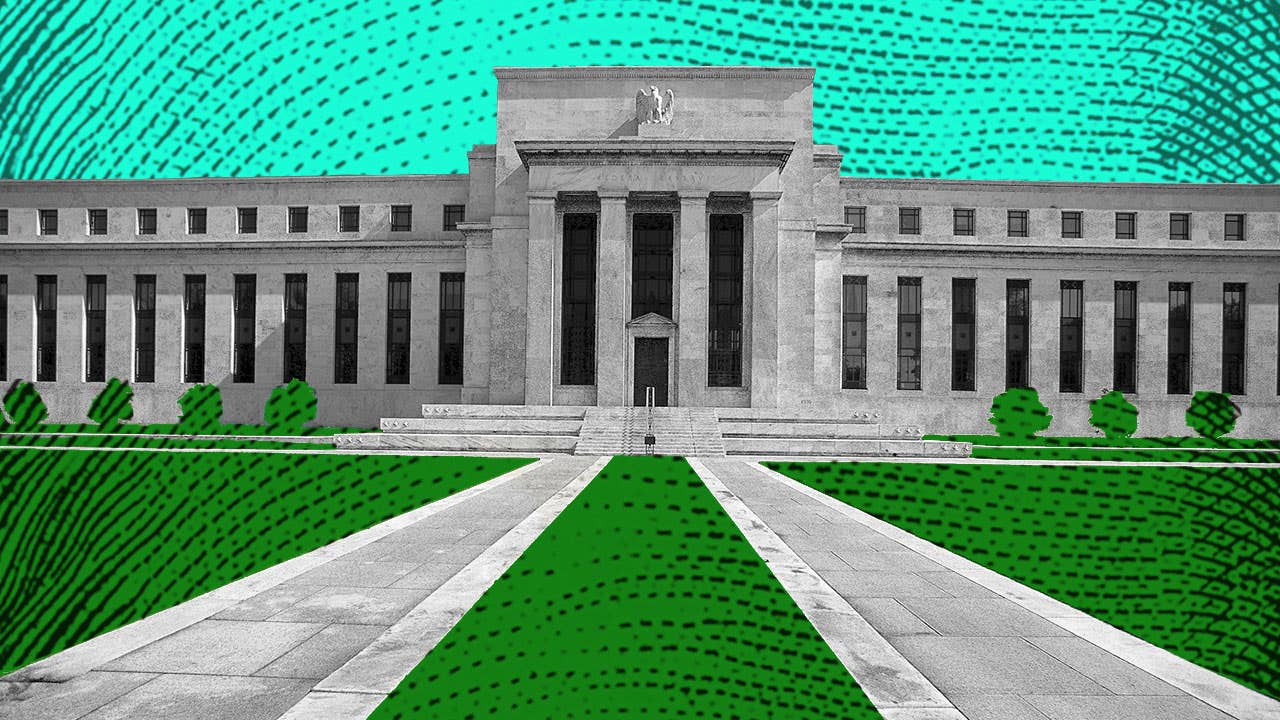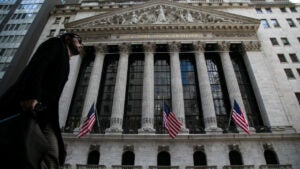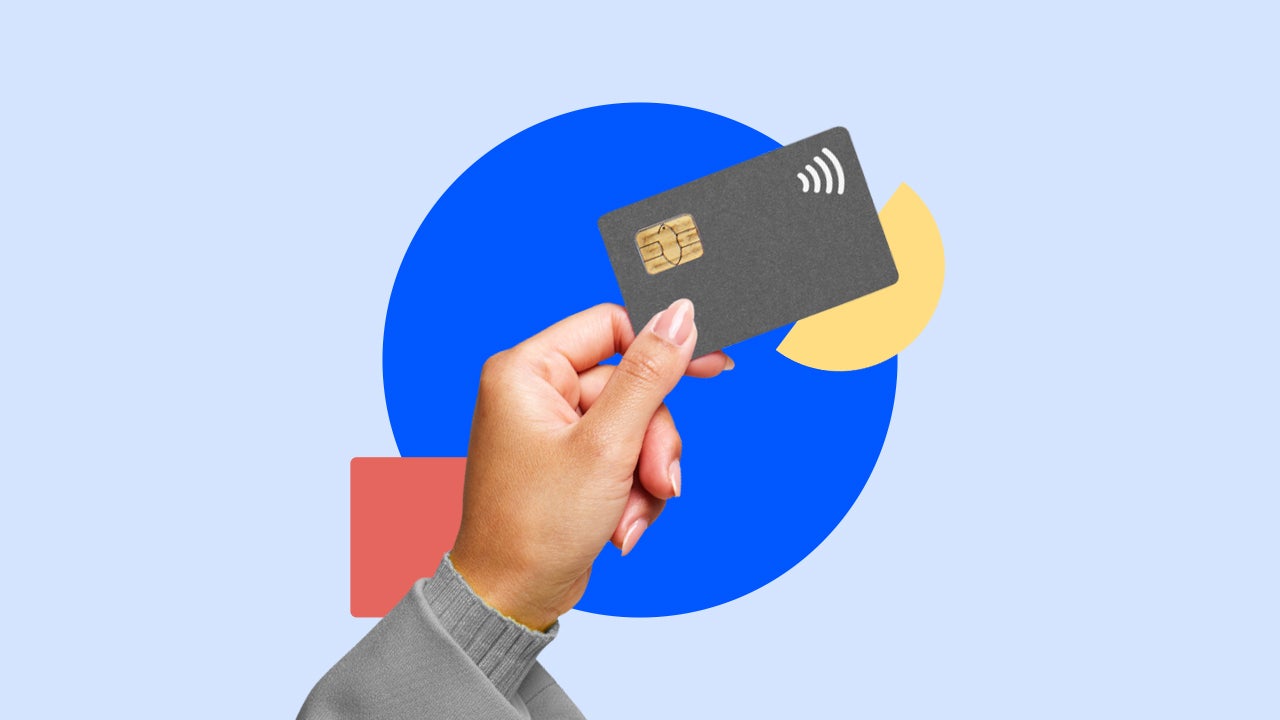Survey: Rates at zero until 2024, but coronavirus vaccine likely to ‘supercharge’ economy

The Federal Reserve is widely seen as keeping interest rates at their rock-bottom levels for four more years and will at some point introduce a new bond-buying program to push down longer-term interest rates, according to Bankrate’s December 2020 Federal Reserve Forecast survey.
For consumers, that message means stick to the status quo: Low borrowing costs and record low mortgage rates will be at your disposal for years to come.
“The economic recovery is not yet self-sustaining and will not likely reach its previous growth path until 2023,” says Steve Skancke, chief economic advisor at Keel Point Capital. “Absent a big upside surprise in growth and inflation, it would be premature to begin raising rates before the end of 2023.”
Bankrate’s Dec. 7-9 poll of 16 economic and financial experts highlights the big-ticket items on Fed watchers’ minds — both for when the Federal Open Market Committee (FOMC) finishes its final gathering of 2020 on Dec. 16 and for the decisions policymakers are bound to make well into 2021 as they seek to guide the U.S. economy past the devastating coronavirus pandemic.
Key takeaways:
- Half of experts see the Fed keeping interest rates at zero until 2024.
- Most experts (56 percent) expect a substantial economic bounce back in 2021 thanks to a vaccine, but none expect a rate hike from it.
- Roughly three-fifths of experts (or 63 percent) expect the Fed to at some point introduce a “quantitative easing” program.
- More than half (56 percent) expect Powell to be reappointed as chairman in 2022.
- More than half (56 percent) gave the Fed’s coronavirus response an “A” grade.
Half of experts see zero interest rates until 2024
Fed officials have already provided a basic goal post for what they’ll be looking for when deciding to raise interest rates for the first time since the coronavirus crisis.
By most measures, that’s a three-part test. First, the job market has to reach levels seen as consistent with other officials’ estimates of maximum employment, meaning everyone who wants a job can find one. Then, inflation has to both rise to 2 percent and then be on track to exceed 2 percent “for some time.” Officials padded up that message — often referred to as “forward guidance” — in September.
According to Bankrate’s survey, most experts (exactly 50 percent) don’t see those conditions happening until 2024, even amid positive signs that a vaccine could be distributed to the broader public by sometime in 2021. That’s up considerably from the last iteration of Bankrate’s Fed Forecast survey, when the overwhelming majority (47 percent) expected a rate hike in 2022 and just 27 percent penciled in 2024.
“The Fed wants to see higher inflation — that is their bias,” says Samantha Azzarello, global market strategist at J.P. Morgan Asset Management. “We need to get to average inflation of 2 percent for the Fed to raise rates. And in my view that is going to take a while. The economic engine has to get revving again.”
At the same time, 31 percent of respondents see the Fed holding pat on rates until 2023, while one expert sees no rate hikes until 2025. Another 13 percent see a rate hike happening much earlier — in 2022, largely because of a vaccine.
“Under my baseline scenario, widespread inoculation in the U.S. is likely to occur by the end of the second quarter, driving a dramatic rebound in economic activity during the third quarter,” says John Leer, economist at Morning Consult. “The first quarter of 2022 is the first time that the Fed will likely be able to assess the strength of the economy with most of the pandemic in the rearview mirror.”
Most experts say a vaccine could lead to a “supercharged” economy
Coronavirus vaccinations have already started rolling out and could be distributed to the first round of participants as early as this week, according to Health and Human Services Secretary Alex Azar.
Current timelines project that the vaccine might not reach the broader public until the second or third quarter of 2021, with health care workers, first responders, nursing home residents and those with pre-existing conditions getting first priority.
Still, that could lead to a strong reopening and a substantial “supercharged” economic rebound, with consumers’ elevated levels of savings likely also adding to consumption. That’s according to most experts (56 percent) in Bankrate’s poll.
That has consequences for Fed policy because it risks pushing up inflation, possibly higher than 2 percent. But just one expert in Bankrate’s poll mentioned it could force the Fed to hike rates sooner than expected, though none say that could happen as soon as 2021.
“The reality is that there will intrinsically be less jobs to return and businesses and consumers still struggling to stay afloat,” says Jamie Sullivan, chief financial officer at tru Independence. “In short, the vaccine is an enormous player in regaining our economic health and stability and a pivotal step forward on this long road, but it’s not an end all be all.”
Experts are also skeptical that inflation could substantially rise, mostly because of the economic picture before the coronavirus pandemic. Up until the outbreak, joblessness sank to 50-year lows, yet price pressures were tepid and stubbornly below officials’ targets for years.
Others mentioned that the boom might be temporary and directly tied to the next fiscal stimulus package.
“The next six months are still going to be shaky until we get a wide rollout of the vaccine,” says Joseph Mayans, principal economist and founder of Advantage Economics. “Consumers are sitting on a stockpile of savings that could be unleashed when things return to normal. However, if we don’t get another sizable stimulus, then those savings will dwindle over the coming months as consumers use it to supplement lost wages.”
Roughly three-fifths of experts (or 63 percent) expect the Fed to introduce a “quantitative easing” program
The Fed can do more to prop up the economy, but not much. Officials can introduce a new bond-buying program designed to stimulate growth rather than stabilize market functioning, which is what the U.S. central bank is currently doing by purchasing “at least” $80 billion in Treasury debt and $40 billion in mortgage-backed securities a month. The Fed could achieve that by buying debt with longer-dated maturities. That matters for consumers because it helps to keep rates low all across the curve, not just for the short-term borrowing that officials normally control. It’s commonly called quantitative easing, or Q.E. for short.
Roughly 63 percent of experts expect the Fed to take those steps and kickstart a Q.E. program, though just one expert indicated in her written responses that it could occur as soon as December’s gathering. Nearly a third (or 31 percent) said it’s more of a back-pocket tool reserved for the future and greatly depends on what stimulus comes out of Congress — both in the lame-duck period and when Biden takes over. One expert didn’t provide a forecast.
More than half (56 percent) expect Powell to be reappointed in 2022
But Biden’s tasks won’t be about creating new coronavirus relief programs. When February 2022 rolls around, he will also have to decide whether to reappoint Powell to another four-year term as chief U.S. central banker or enlist another person for the job.
More than half (or 56 percent) see Powell getting reappointed, mainly on the grounds of familiarity and how well he handled the Fed’s coronavirus pandemic response. That’s even despite Powell being appointed by President Donald Trump and a registered Republican.
“Biden will not want to change Fed leadership in the middle of an economic recovery,” says Steve Rick, chief economist at CUNA Mutual Group.
But a quarter of participants (25 percent) expect Biden to find someone else. Trump has appointed every Fed official in his or her current post with the exception of Governor Lael Brainard, while senators in early December voted to confirm Christopher Waller to one of the two empty seats on the Fed’s board based in Washington.
“Powell has done a great job and has done enough to be reappointed, but I don’t think he will be,” Mayans says. “Even though Powell has endeared himself to Dems with his new interest rate policy, Biden will want to make his own mark on the Fed.”
Two experts (13 percent) said Powell’s reappointment is a toss-up, while one respondent declined to provide an answer.
“On the one hand, Biden is a traditionalist and it has been tradition to reappoint the Fed chair to a second term or more, even if he or she was inherited from the previous administration,” says Kristina Hooper, chief global market strategist at Invesco. “On the other hand, the position of Fed chair is such an important one that the Biden administration might choose to appoint a progressive economist to the role in order to appease the progressive wing of the Democratic party.”
Even despite some doubts that Powell could be reappointed, most experts (56 percent) gave the Fed’s coronavirus response and its ability to communicate with the public how it plans to steer the economy past the recession an “A” grade. A quarter (or 25 percent) gave U.S. central bankers a “B,” while 13 percent would choose to mark them with a “C.” One participant didn’t provide an answer.
“By acting swiftly in March, the Fed prevented economic stress from metastasizing into financial stress,” says Scott Clemons, chief investment strategist at Brown Brothers Harriman. “Since then, various Fed officials have made it clear that they intend to keep monetary policy accommodative for as long as needed.”
What this means for you
Consumers’ most important takeaway from Bankrate’s December Fed Forecast is that low interest rates aren’t going anywhere anytime soon. Take advantage of that by chipping away at debt or refinancing your mortgage, if you’re a homeowner. Even though savings rates may remain meager at best in the years to come, never underestimate the importance of building up your emergency savings, especially when faced with so much uncertainty.
Meanwhile, if inflation becomes an issue once a vaccine is widely distributed, that might lead to some challenges for your wallet. Rising price pressures would eat away at your purchasing power, pushing up interest rates along with the cost of other goods and services while also diminishing your returns on savings accounts and other fixed-income assets. Those conditions might also back the Fed into a corner with Fed policy, especially if the labor market isn’t fully recovered.
But like the Fed, consumers will just have to operate in “wait-and-see” mode.
“The key theme for the Fed in 2021 will be recalibration,” Hooper says. “The Fed needs to be prepared to support the U.S. economy as it goes through a very difficult near term with infections on the rise creating significant headwinds. However, the Fed should be prepared for a strong rebound once the vaccine is broadly distributed.”
Methodology
Bankrate’s December 2020 Federal Reserve Forecast survey of economists and financial experts was conducted from Dec. 7-9 via an online poll. Survey requests were emailed to potential respondents nationwide, and responses were submitted voluntarily via a website. Responding were: Scott Clemons, chief investment strategist, Brown Brothers Harriman; Kristina Hooper, chief global market strategist, Invesco; Jamie Sullivan, chief financial officer, tru Independence; John Leer, economist, Morning Consult; Deron McCoy, chief investment officer, SEIA; Samantha Azzarello, global market strategist, J.P. Morgan Asset Management; Sal Guatieri, director and senior economist, BMO Capital Markets; Kim Rupert, senior economist, Action Economics; Peter Earle, research fellow, American Institute for Economic Research; Ben Ayers, senior economist, Nationwide Insurance; Lindsey Bell, chief investment strategist, Ally; Joseph Mayans, principal economist and founder, Advantage Economics; Steven Rick, chief economist, CUNA Mutual Group; Dan North, economist, Euler Hermes; Sarah House, senior economist, Wells Fargo; and Steven Skancke, chief economic advisor, Keel Point Capital.






